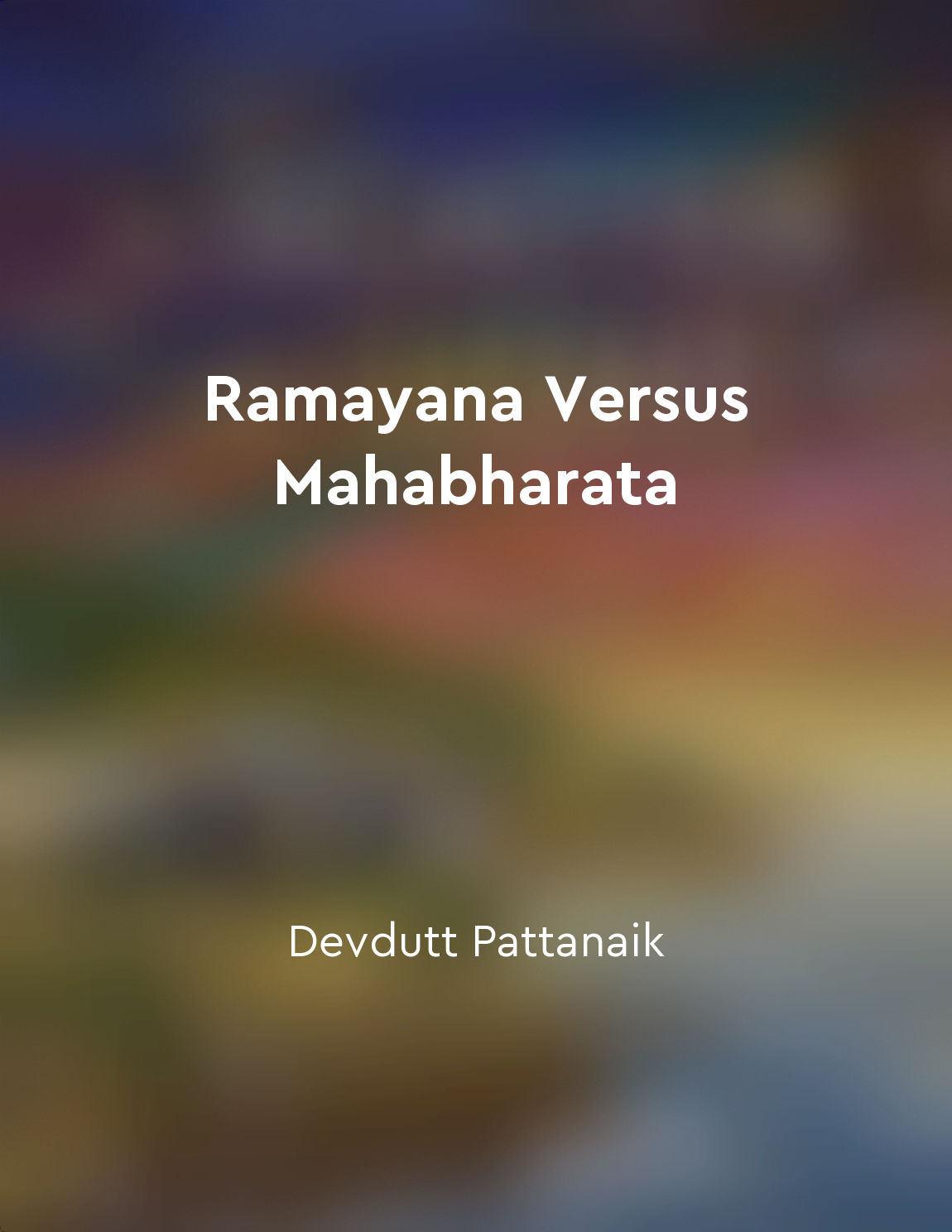His mount, Nandi the bull, signifies strength and loyalty from "summary" of Shiva by Vigneswaran Chandran
In the grand tapestry of Hindu mythology, the figure of Shiva emerges as a complex and enigmatic deity. One of the most striking aspects of his iconography is his mount, Nandi the bull. This divine bovine companion is not merely a symbol of brute strength, but also a representation of unwavering loyalty and steadfastness. Nandi, with his muscular form and imposing presence, embodies the concept of strength in its purest form. As the sacred vehicle of Shiva, he is seen as a powerful force that can overcome any obstacle or challenge that comes his way. The bull's physical prowess is a reflection of Shiva's own formidable might, making him an essential part of the god's divine entourage. However, Nandi's significance goes beyond mere physical power. His unwavering loyalty to Shiva symbolizes a deeper, more profound aspect of their relationship. Nandi is not just a mount, but a devoted companion who stands by Shiva through thick and thin. His steadfast faithfulness mirrors the unbreakable bond between master and servant, symbolizing the enduring nature of their connection. In the grand scheme of Hindu mythology, the presence of Nandi by Shiva's side serves as a reminder of the importance of strength and loyalty in the face of adversity. Through the image of the bull, we are reminded of the power that comes from unwavering devotion and steadfast resolve. Nandi is not just a mount, but a symbol of the values that Shiva embodies - strength, loyalty, and unwavering commitment.Similar Posts

Meeting with Mahatma Gandhi
I had the great fortune of meeting with Mahatma Gandhi during my time in India. The encounter was a profound experience that le...
Shivaji's ability to adapt to changing circumstances was key to his success
Shivaji's success was not solely due to his military prowess or strategic genius, but rather his remarkable ability to adapt to...
Shiva, the destroyer, brings chaos and renewal
In the grand tapestry of existence, Shiva stands as a pivotal figure, embodying the dual forces of destruction and creation. Of...

Ramayana's Yuddha Kanda is battle, Mahabharata's Bhagavad Gita is philosophical discussion
In Ramayana's Yuddha Kanda, the story reaches its climax with a great battle between Rama and Ravana, highlighting the epic's f...
Shiva embarks on a quest to fulfill his prophecy and save Meluha
Shiva, a tribal leader from the land of Tibet, finds himself drawn into a prophecy that foretells of a great savior who will co...

The battle for Meluha's future rages on
The fate of Meluha hangs precariously in the balance as the battle for its future rages on relentlessly. The kingdom, once a pr...
Shiva's consort, Parvati, complements his cosmic energy
Shiva, the supreme deity in Hindu mythology, is often depicted as a powerful and destructive force, representing the cosmic ene...

Ram's journey to the forest with Sita and Lakshman
Ram, accompanied by his wife Sita and his devoted brother Lakshman, embarked on a journey to the forest. The decision to leave ...

Shiva's courage and leadership inspire those around him
Shiva's unwavering courage and strong leadership have the power to ignite a fire in the hearts of those around him. His fearles...

Honor and respect
In the great epic of Mahabharata, the concept of honor and respect is deeply woven into the fabric of the narrative. Throughout...
